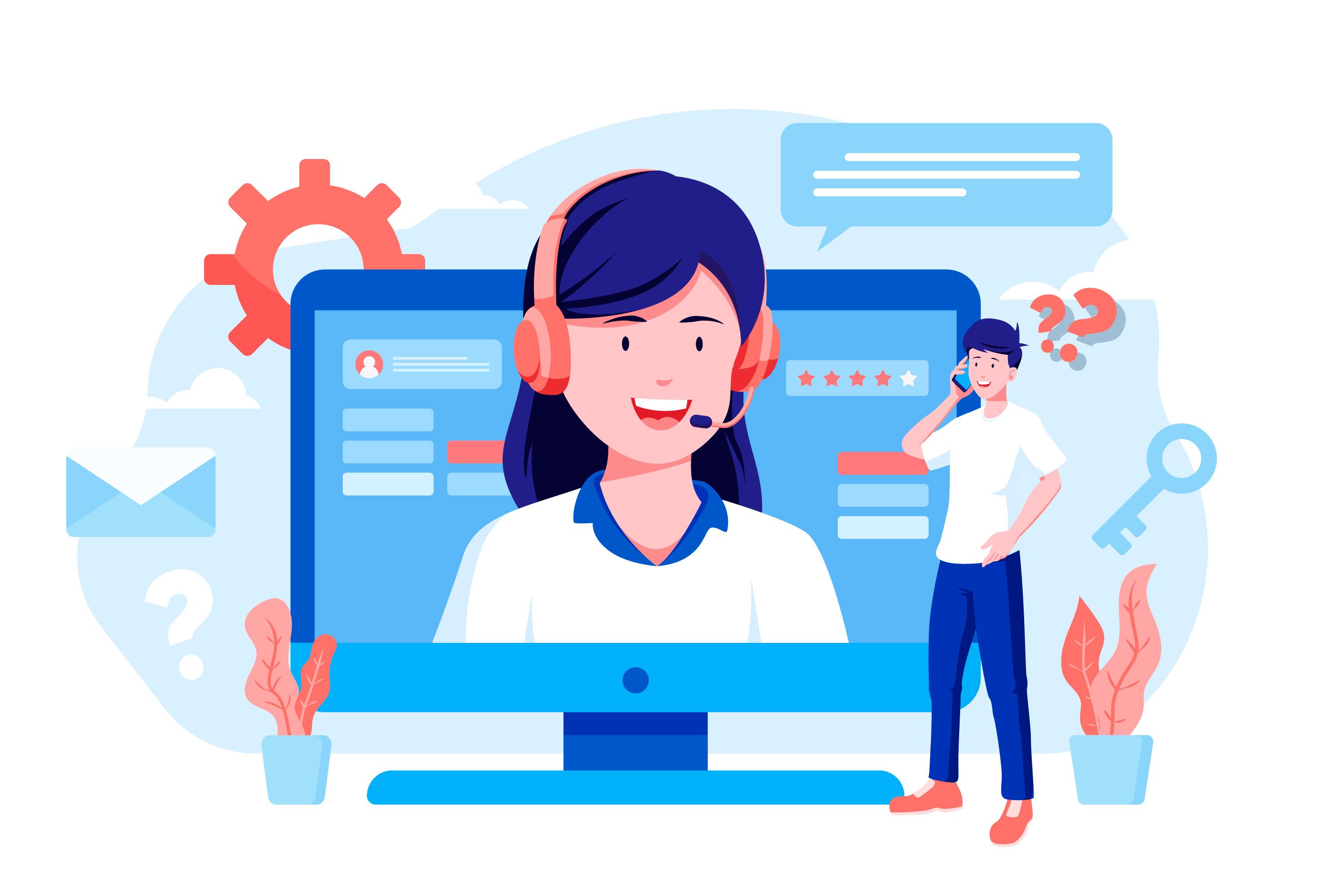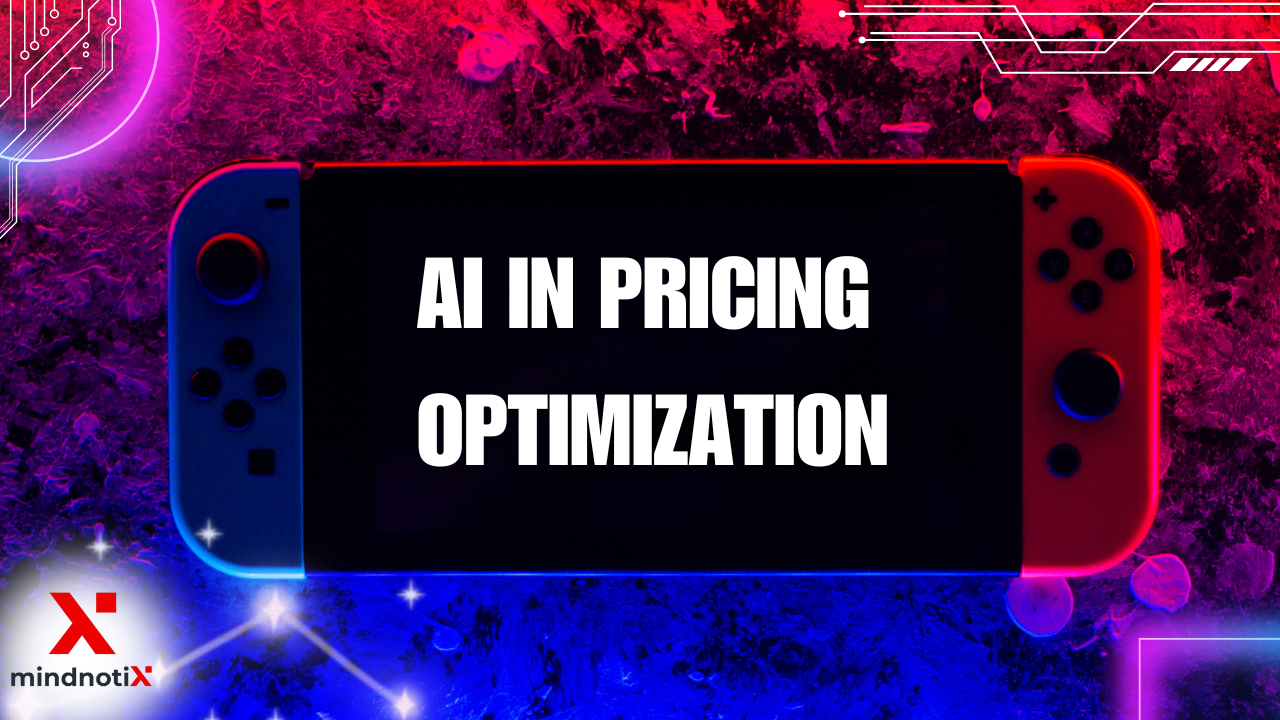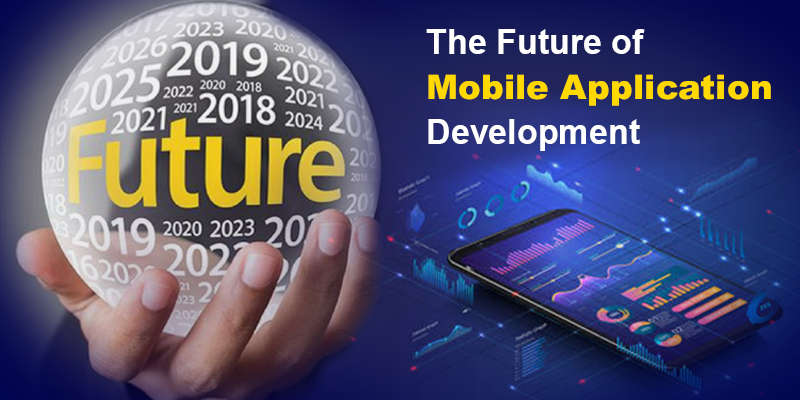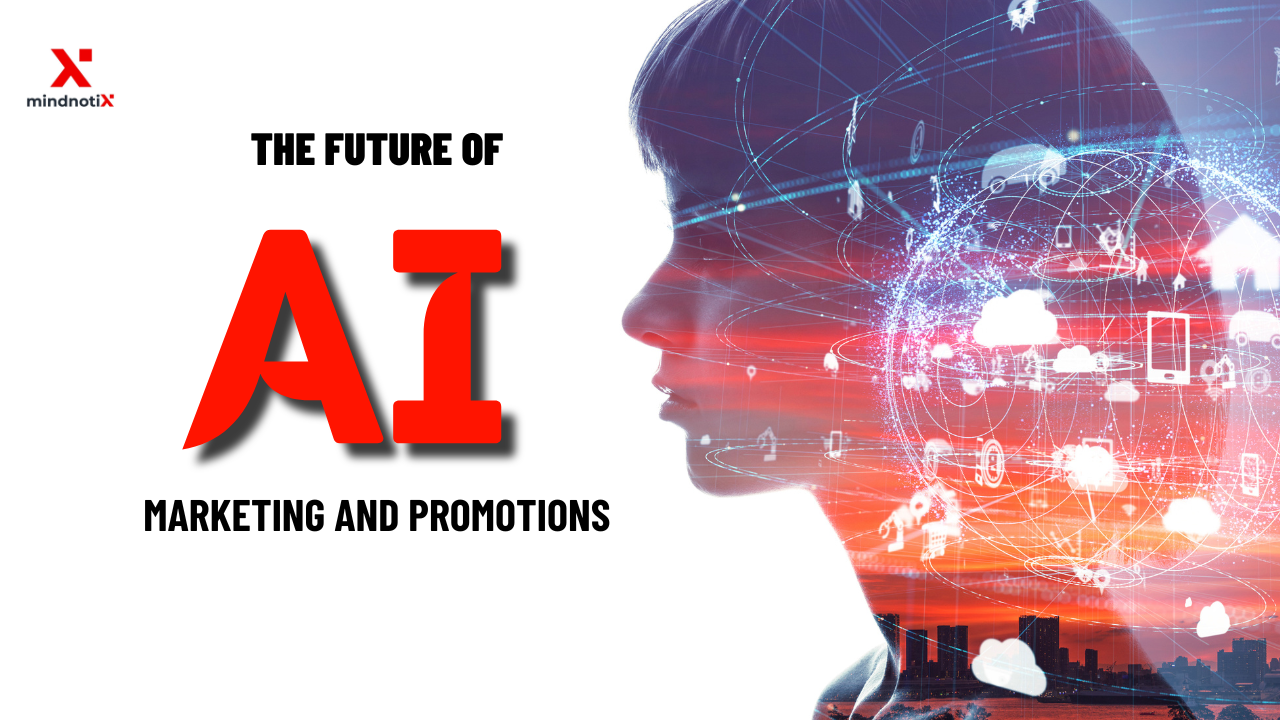Pricing optimization has always been a significant aspect of businesses, and with the advent of technology, it has become even more crucial. With every passing day, artificial intelligence (AI) is gaining more and more attention, especially when it comes to pricing strategy. With the use of AI-powered algorithms and machine learning, businesses can analyze data, predict trends, make data-driven decisions, and optimize their pricing models to maximize profits. The benefits of AI-powered pricing optimization are endless, especially in e-commerce and subscription-based businesses. In this newsletter, we will delve deeper into the world of AI in pricing optimization and explore how it can revolutionize the way businesses strategize their pricing models.
At a high level; How does Pricing Optimization with Machine Learning work?
Pricing optimization using AI is when algorithms and marketing analysis are used to analyze large amounts of data and determine how the customers will react to certain prices so the company can set a specific price for a product or service. The objective here mainly is to increase profits and revenues and decrease promotional spending while aligning with the company’s goals.
Possible factors that are considered in Pricing optimization using AI are : Competition, season, historical prices, time of the day, Special events, Operating costs.
All these factors will be key in predicting the price of a product or service at a certain point in time.
Why is Pricing Optimization with Machine Learning Important?
Pricing optimization without Machine learning is simply programming the price automation system with a set of rules for it to follow such as “Set specific price of a product equal to competition – 5 %”, “Mark up a certain product category always by 15 % during that season”.
On the other hand, Pricing optimization with Machine learning could use historical data, unstructured data such as images and videos, competitor’s prices through their websites, online and would create the pricing rules by itself which will dynamically change as things change around it.
An intelligence Node survey found that almost 94% of shoppers compare prices at some point while shopping online. We can see that pricing optimization is very important in today’s world to provide competitive prices and gain customers.
When customers think they are paying the best prices possible, it increases customer satisfaction which increases loyalty and makes the customer a recurrent one.
Companies can benefit directly and indirectly with AI for pricing optimization.
1- Improved accuracy: Ability to Analyze large amounts of data will yield a more accurate pricing prediction. As humans, we can only analyze a set amount of data before deciding, but Machine learning will analyze a much larger set of data which can give you better accurate pricing predictions using much more variables than a human would use in his predictive analysis.
2- Faster decision and higher efficiency: Machine learning can continuously analyze market behavior. It will be constantly analyzing pricing influences from different sources at once instead of doing it every period, which will encourage faster decision making, that is crucial for today’s fast-changing world.
3- Higher margin: Once Machine learning helps you understand how the market and consumer demand is shifting, it will allow you to change your prices to make a better profit margin. It empowers businesses to set more precise and strategic prices, personalize pricing strategies, dynamically adjust prices, anticipate demand, analyze competitors, and allocate resources efficiently. These factors collectively contribute to higher profit margins by capturing the maximum value from customers while optimizing costs and resources.
4- Personalization and less spending on promotional campaigns: When marketing campaigns are not guided properly, they will become a big financial loss to the company. Marketing promotional campaigns are based on the price of the products or services in line with the company’s vision. If the price at the right time is not identified properly, the marketing campaigns will not bring value to the company and will sometimes cause confusion for the consumers. By leveraging AI-powered pricing optimization, businesses can focus their promotional efforts on the right customers, offer personalized and targeted promotions, optimize timing and discounting, and allocate promotional spending more efficiently. This leads to reduced spending on ineffective campaigns and a higher return on investment for promotional activities.
5- Scalable: Since ML will analyze as much data as you feed it, this solution can be applied to small up to large businesses. By leveraging AI’s scalability, businesses can handle large datasets, adjust prices in real-time, automate pricing processes, personalize pricing strategies, conduct rapid experimentation, and integrate pricing optimization with existing systems. This scalability allows businesses to expand their pricing optimization efforts efficiently, cater to a growing customer base, and adapt to changing market dynamics while maintaining consistent and effective pricing strategies.
AI for pricing optimization means retail. False. AI can be handy for pricing optimization in many unrelated industries.
While AI can add many benefits for price optimization, they are not the same across all industries. AI pricing optimization can be used across many different industries where pricing is an important factor in determining revenue and profitability. Some of the industries where AI pricing optimization is a good match are:
1- Retail and E-commerce: Having the correct price in retail will highly impact whether the consumer will choose you over others. E-commerce is available for almost all retailers nowadays and placing yourself strategically between competitors will give you a big advantage in the consumer’s decision to buy from you instead.
Some tools used in Retail for pricing optimization are understanding behaviors of consumers when purchasing a product on a shelf by facial recognition cameras or adding a product online to a cart without checking out. ML will analyze the consumers’ behaviors and facial expressions for certain products and use it as feedback for price adjustment, increasing stock or discontinuing a product.
2- Stocks: Pricing optimization using AI for stocks involves leveraging AI techniques for predictive modeling, sentiment analysis, risk analysis, portfolio optimization, high frequency trading, pattern recognition, technical analysis, and algorithmic trading. These applications help investors make informed pricing decisions, optimize trading strategies, and achieve better outcomes in the stock market.
3- Travel and Hospitality: This sector relies a lot on demand, time of the year, neighboring competitors, and other variables to determine the best possible price to lure customers. By leveraging AI for pricing optimization, travel and hospitality businesses can forecast demand accurately, analyze competitors, personalize pricing, implement dynamic pricing strategies, optimize travel packages, manage revenue effectively, conduct experiments, and continuously refine pricing strategies to maximize revenue and profitability.
4- Financial services: Banks and financial institutions analyze the market, customer behavior and other factors to determine their rates in loans and mortgages. By using AI, financial institutions can implement risk-based pricing, personalized pricing and offers, optimize revenue and profitability. Banks can implement personalized pricing strategies, optimize risk-based pricing, dynamically adjust pricing, optimize fees, identify cross-selling opportunities, conduct market and competitor analysis, ensure regulatory compliance, and also ultimately optimize revenue and profitability.
5- Insurance Industry: Insurers now have no other solution than to consider customer behavior to optimize their rating and the premium paid to policyholders. Insurance companies can improve risk assessment accuracy, develop personalized pricing strategies, detect, and prevent fraud, adjust pricing in real-time, optimize the portfolio and profitability.
According to a Hal.science Study, the importance of AI in Insurance is emphasized in the following “As the level of competition increases, pricing optimization is gaining a central role in most mature insurance markets, forcing insurers to optimize their rating and consider customer behavior; the modeling scene for the latter is one currently dominated by frameworks based on Generalized Linear Models (GLMs)”
Too good to be true!
While we can see there are many benefits to using AI for pricing optimization, there are also some important considerations to keep in mind when applying it for your business.
1- Data Quality: Price prediction will be as good as the data that you feed the ML. If you are in an industry with not enough data or poor data to begin with then AI might not give a correct estimate of the price. Data might be biased or contain discriminatory patterns which will lead to unfair pricing practices.
Here are some solutions suggested:
a- Data preprocessing and cleaning: Techniques such as data imputation (using alternative values in place of missing data), outlier detection (Detecting data points that are far away from the average), and normalization ensures that the data used to training the AI is accurate, complete, and consistent.
b- Data validation and verification: Cross referencing data from multiple sources, conducting data audits, and performing regular checks ensures that there are no anomalies in the data.
c- Data enrichment and augmentation: Incorporating third party data, market data or customer feedback supplements the existing dataset and provides a more comprehensive view of the pricing factors.
2- Complex implementation with high maintenance costs: AI for pricing optimization requires significant upfront investment in terms of technology infrastructure, data management and skilled personnel. The costs associated with developing and deploying the AI models, as well as maintaining them over time, can be substantial and may pose challenges for organizations with limited resources.
Before you think about implementing AI for pricing optimization, make sure you have the right expertise with the right tools to implement such a model and to teach your organization to maintain and update it for the long term since it’s a fast-moving technology.
Here are some solutions suggested that can help with the above issue and reduce the cost of implementation:
a- Define clear project objectives and scope: Identify specific cases or areas where AI can provide the most value and focus on those initially. This helps in managing complexity by breaking down the implementation into smaller manageable parts.'
b- Agile methodology approach: Adopt an agile methodology such as scrum to manage complexity effectively. Break down the implementation to several sprints to focus on specific areas and functionalities separately. This approach allows for continuous learning, improvement and iterations as needed.
c- Change management and training: Recognize the complexity of an AI pricing model and that requires changes in the organization’s processes, roles, and responsibilities. Develop a change management plan to address any resistance or challenges associated with the implementation, provide training and support to relevant stakeholders to ensure they have the necessary skills and knowledge to effectively use and interpret AI-powered pricing optimization system.
3- Lack of customers’ acceptance: AI-pricing models may face resistance from customers who prefer human-driven pricing or find it difficult to trust pricing decisions made solely by AI algorithms. They might have concerns about fairness, transparency, or the inability to negotiate prices, leading to a negative perception of AI-based pricing strategies. People always love to negotiate to feel that they won something even if the final price is still much higher than the cost. Changing prices too often might raise a question mark from your customers and will start doubting the company.
Here are some solutions suggested that can make AI incorporated without losing customer’s trust:
a- Explain to the customers the reasoning behind price changes: Make your customers understand the reasoning behind pricing changes and make it transparent to them using marketing tools.
b- Human involvement: AI-models are excellent at suggesting the right price for certain products at a certain point in time, but it doesn’t mean that the company should always follow that suggestion without at least having a marketing plan and sales directors oversee the change. AI is a good tool for suggestions but it’s only an addition to the organization’s value and decision making which needs to be thought carefully with the right market image in mind.
4- Limited context awareness: AI-pricing models typically operate based on historical data patterns and may not fully capture the contextual factors that influence pricing decisions.Although AI will take into consideration most variables when doing its calculations, it might miss some critical ones which only a human can analyze such as cultural influencers, market dynamics, customer behavior.
To address the limited context awareness in pricing optimization using AI, here are some potential solutions:
a- Incorporate domain expertise: Involve domain experts such as pricing analysts or experienced professionals, in the development of AI models. They can provide valuable insights into market dynamics, customer behavior, and competitive landscape, and other contextual factors that influence pricing decisions. Their expertise can complement the quantitative analysis of AI models and help bridge the gap in context awareness.
b- Qualitative analysis and customer feedback: Combine quantitative analysis from AI models with qualitative analysis techniques. Incorporate customer feedback, surveys, focus groups, or interviews to understand their preferences, willingness to pay, and perception of value. Qualitative insights can help in assessing the impact of pricing decisions on customer satisfaction, brand perception, and long-term customer relationships.
5- Vulnerability to adversarial attacks: Some AI models are susceptible to malicious manipulation or exploitation by adversarial actors. Adversarial attacks aim to deceive or manipulate the AI models’ decision-making process by introducing carefully created input data. Some of the adversarial attacks include:
Price manipulation: Some adversarial actors may try to manipulate the pricing recommendations generated by AI-models to gain a competitive advantage or exploit marketing conditions. They can do so by perturbing existing data to influence the models’ pricing decision based on their favors.
Reverse engineering: Some adversarial actors may try to reverse engineer the AI models or fain access to sensitive pricing related information. By understanding how the AI-pricing model works, they can exploit its vulnerabilities or gain insights into competitor’s pricing strategies.
Addressing the vulnerability of adversarial attacks requires implementing various strategies to enhance the robustness and security of AI models. Here are some potential solutions:
a- Adversarial training: Incorporate adversarial training techniques during the model development phase. Adversarial training involves generating and incorporating adversarial examples into the training dataset to make the model more resilient to potential attacks. This way the model will learn to better identify and mitigate potential vulnerabilities.
b- Robust feature engineering: Pay careful attention to the features and variables used in the AI-pricing models. Feature engineering should focus on creating inputs that are more resilient to adversarial attacks. This can involve transformations, aggregations, on encodings that are specifically designed to reduce the models’ susceptibility to adversarial manipulations.
By following the above recommendations, organizations can harness the power of AI for pricing optimization while addressing potential challenges, ensuring fairness, and maximizing the benefits for both the business and its customers.
Read more :
AI POWERED FRAUD DETECTION AND LOSS PREVENTION
Demand Forecasting with AI: Avoiding Stockouts and Overstocking
Predictive Maintenance for Retail Equipment: Using AI to Prevent Downtime
Can AI Outsmart Humans? The Rise of Intelligent Retail
For more information contact : support@mindnotix.com
Mindnotix Software Development Company


 AI-Taxi App
AI-Taxi App AI-Food App
AI-Food App AI-Property Mgmt App
AI-Property Mgmt App AI-CRM
AI-CRM AI-Fantasy App
AI-Fantasy App
 Web Development
Web Development App Development
App Development Business & Startup
Business & Startup Hire Developer
Hire Developer
 Digital Marketing
Digital Marketing Lead-generation
Lead-generation Creative Agency
Creative Agency Branding Agency
Branding Agency Augmented Reality
Augmented Reality Virtual Reality
Virtual Reality Internet of Things
Internet of Things Artificial Intelligence
Artificial Intelligence Blockchain
Blockchain Chatbot
Chatbot



